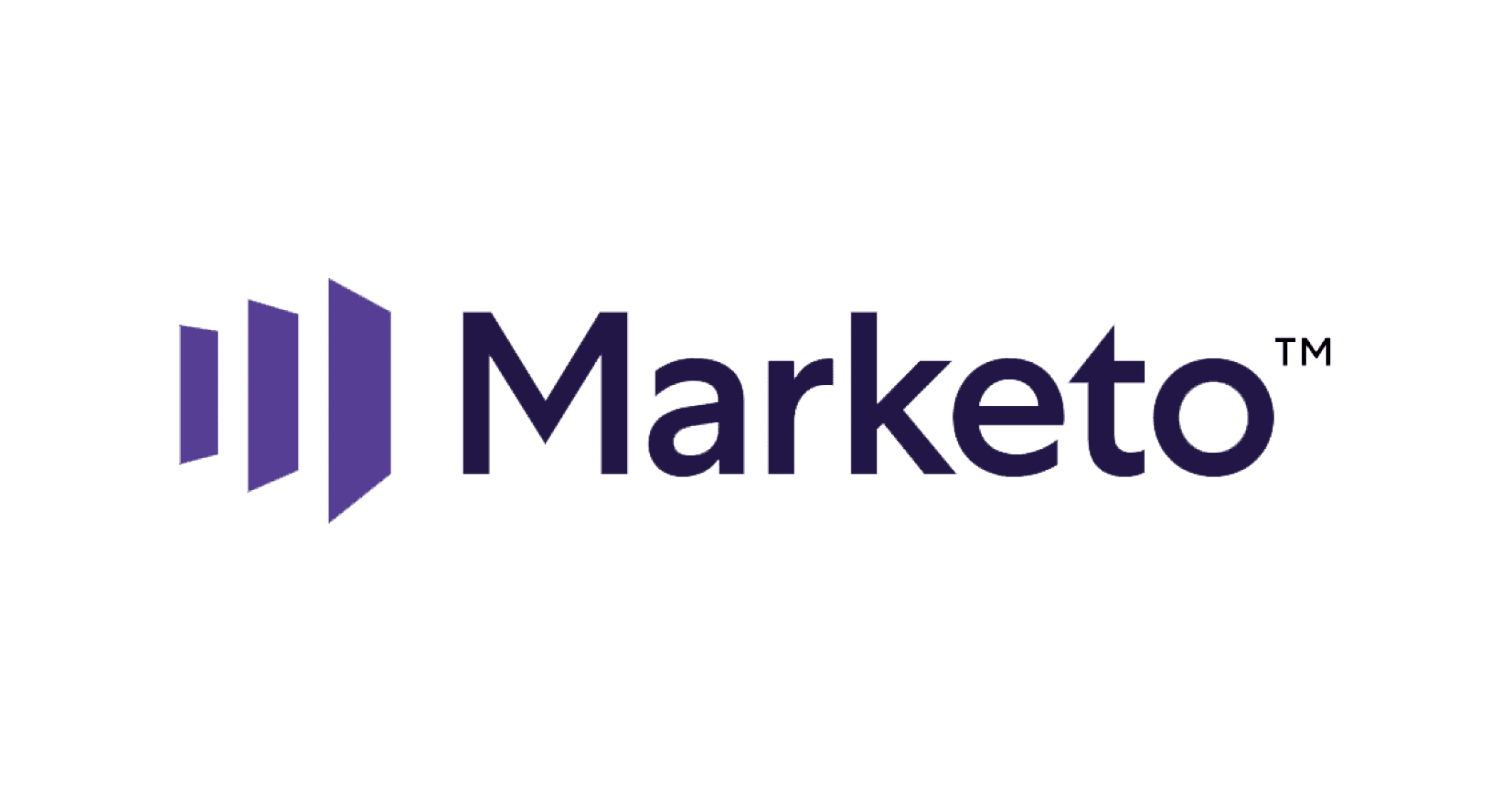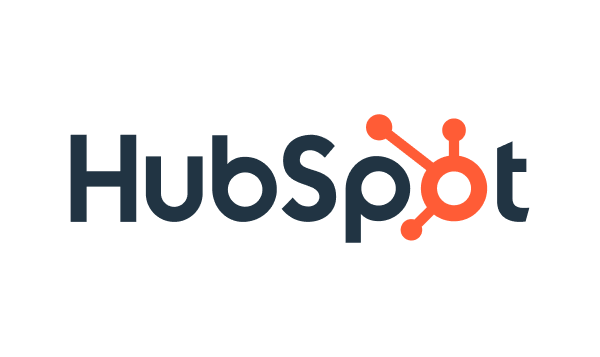- Premium features included
- No hidden costs or usage limits
- Scale from startup to enterprise



If you’re trying to choose between Marketo and HubSpot, you’ve probably noticed something: everyone has an opinion, but most comparisons sound like they were written by robots reading spec sheets.
Here’s the reality. Both platforms can transform your marketing, but they’re built for completely different worlds. Marketo is the Swiss Army knife of enterprise marketing—powerful but complex. HubSpot? It’s more like that reliable friend who just gets things done without drama.
The choice comes down to whether you need maximum power or maximum simplicity. Let’s break it down without the marketing fluff.
Marketo
HubSpot
Who it’s for
Big companies with tech teams
Everyone else
Monthly cost
Starts at $895
Free to start, $15+ for features
Setup time
3-6 months (seriously)
2-3 weeks
Learning curve
Steep mountain
Gentle hill
Built-in CRM
Nope, bring your own
Yes, and it’s pretty good
Customization
Sky’s the limit
Plenty for most people
Marketo
HubSpot
Email campaigns
Complex automation wizardry
Clean, visual workflows
Lead tracking
NASA-level sophistication
Smart but not overwhelming
Reports
Everything you could want (with add-ons)
Built-in dashboards that make sense
Website stuff
You’ll need other tools
Blog, pages, SEO—all included
Social media
Basic at best
Actually useful
Integrations
Salesforce is like family
Plays nice with 1,800+ tools
Think of Marketo as that incredibly smart colleague who can solve any problem but takes 20 minutes to explain how to use the coffee machine.
The platform shines when you need serious automation firepower. We’re talking multi-touch attribution that tracks every interaction, lead scoring that makes sense of complex B2B cycles, and customization that lets you build almost anything. If your sales process involves multiple stakeholders, long decision cycles, and intricate nurturing sequences, Marketo probably gets it.
But here’s the catch—and it’s a big one. You basically need a PhD in Marketo to use it well. Most companies end up hiring specialists or spending months training their team. The interface looks like it was designed in 2010 and feels about as intuitive as a tax form.
HubSpot took a different approach. Instead of cramming every possible feature into their platform, they asked: “What if marketing software actually made sense?”
The result feels almost too simple at first. Drag-and-drop email builders, workflows you can understand at a glance, and reports that don’t require a statistics degree. Plus, everything connects—your CRM talks to your email tools, which talk to your website, which talks to your social media. No integration nightmares.
The trade-off? You won’t get the deep customization that makes Marketo so powerful. Think of it as the difference between a Swiss Army knife and a really good chef’s knife. Sometimes you need 47 different tools, sometimes you just need one that works perfectly.
Marketo
HubSpot
Getting started
$895/month minimum
Free (actually free)
Professional tier
$1,795/month
$890/month
Enterprise level
$3,175/month
$3,600/month
Hidden costs
Lots (reporting, support, training)
Mostly upfront
Setup fees
Usually included
$1,500-$7,000
Here’s what the pricing pages don’t tell you: Marketo’s sticker price is just the beginning. Want good reporting? That’s extra. Need encryption? Extra. Want someone to actually help you set it up? You guessed it.
HubSpot’s pricing is more straightforward, but watch out for contact limits. Once you hit your marketing contact ceiling, costs can climb fast.
Marketo
HubSpot
Free option
No free plan
Yes
What you get
No free plan
CRM + basic marketing tools
User limit
No free plan
2 people
Contact storage
No free plan
Unlimited (1,000 for marketing)
Email sends
No free plan
2,000/month
Time limit
No free plan
Forever
This one’s pretty simple. Marketo doesn’t do free trials that mean anything, while HubSpot lets you actually use their platform without paying. For small businesses, this alone might settle the debate.
What works: If you’re running complex B2B campaigns across multiple channels, Marketo can handle things that would make other platforms cry. The automation engine is genuinely impressive, and the Salesforce integration feels like they were built for each other.
What doesn’t: Everything takes longer than it should. Creating a simple email campaign feels like filing your taxes. Most teams need months to feel comfortable, and even then, you’re probably only using 30% of what it can do.
The reality? Marketo is incredible if you have the time, money, and patience to master it. But that’s a big if.
What works: You can actually figure out how to use it without a manual. The all-in-one approach means less juggling between platforms. Support is genuinely helpful, and the free resources are actually useful.
What doesn’t: Power users eventually hit walls. The Salesforce integration exists but feels like an afterthought. If you need super-specific customization, you might find yourself wanting more control.
It’s marketing software that doesn’t make you want to scream. Sometimes that’s enough.
HubSpot scores 8.6 for ease of use while Marketo sits at 7.3. But dig into the comments and you’ll see the real story.
One Marketo admin put it bluntly: “Although their range of core features are okay, most of them are overly complicated, confusing and at times outright baffling.” That’s from someone who uses it professionally.
HubSpot users sound relieved more than anything. Quick setup, reasonable learning curve, things work like you’d expect them to.
The pattern holds on Capterra. HubSpot maintains 4.5 stars across nearly 6,000 reviews, with users consistently mentioning how much easier it is than alternatives.
One review summed it up perfectly: “HubSpot is less expensive and much more user-friendly than Marketo. We knew we’d be at a disadvantage not having a Marketo expert in-house, so we went with HubSpot. Couldn’t be happier!”
Reddit users are probably the most honest about both platforms. The consensus? Marketo is for “big kids” with technical teams, HubSpot is for everyone else who wants to get work done.
Multiple people mention switching from Marketo to HubSpot as their teams grew tired of the complexity. That tells you something.
Go with Marketo if:
Go with HubSpot if:
The bottom line? Most businesses will be happier with HubSpot. It’s simpler, more affordable, and you can actually use it without hiring consultants.
Marketo isn’t bad—it’s just built for a specific type of company that has specific resources. If that’s you, great. If not, HubSpot will probably make your life easier.
Start with HubSpot’s free plan. See if it meets your needs. You can always upgrade or switch later, but chances are you won’t need to.
